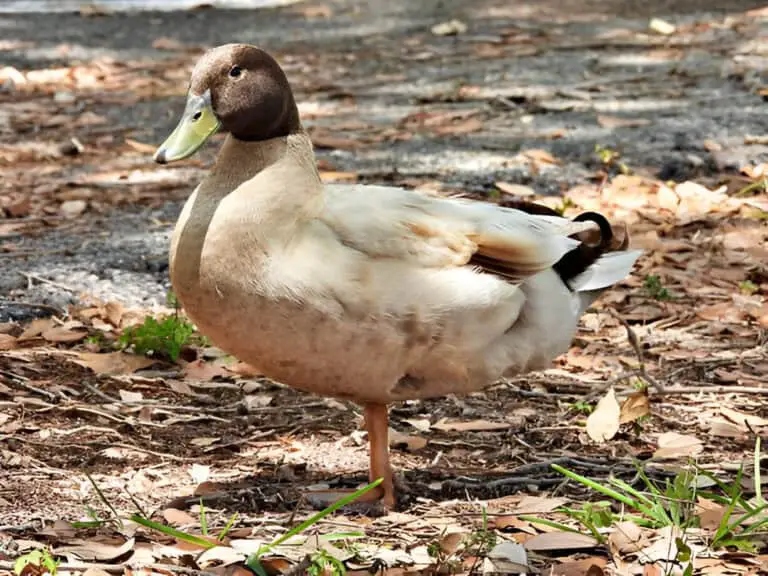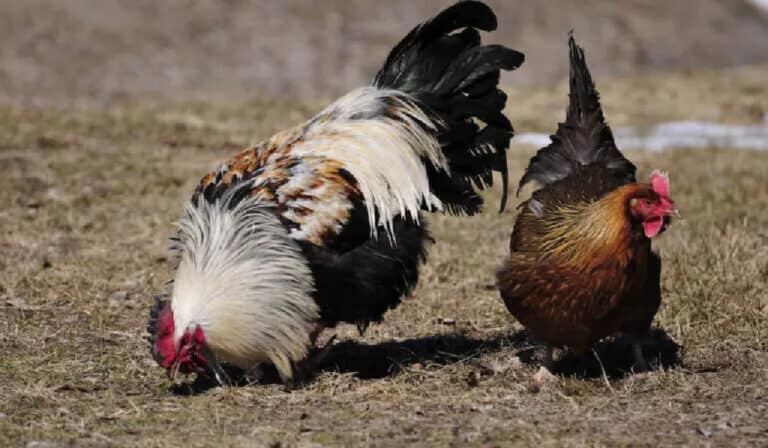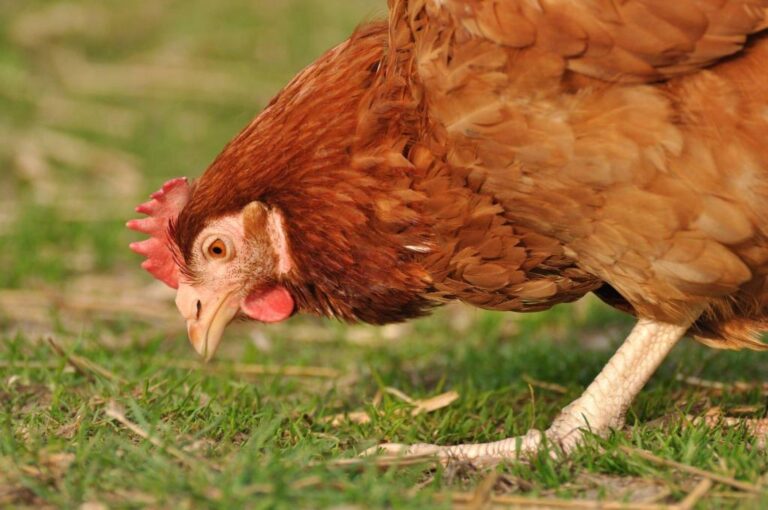Do Chicken Coops Need to Be Insulated? The Cold Truth About Keeping Hens Warm!
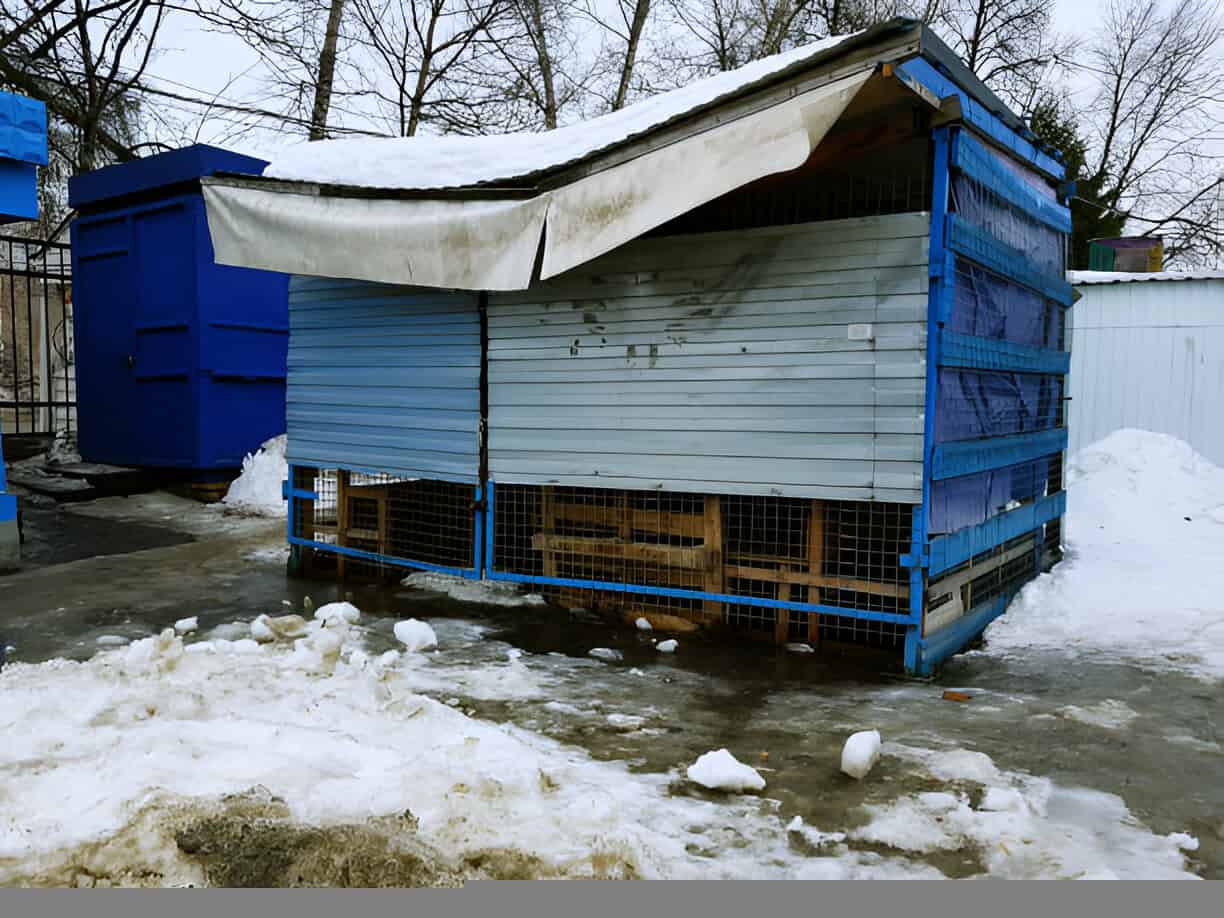
When I first started raising chickens, I figured insulation was only something to worry about for my house—or maybe a well-built shed. I didn’t think much about it when I set up my coop. But then winter arrived, and I found myself staring at my chickens, wondering if they were tough enough to handle the cold or if they were secretly cursing me under their breath for not making their home warmer. That’s when I asked myself: Do chicken coops really need to be insulated?
At first, the answer seemed simple—of course, they need warmth, right? But as I did more research and experienced a few winters firsthand, I realized it’s not just about trapping heat. Chickens have their ways of handling the cold, and sometimes, too much insulation can do more harm than good. So how do you find the right balance between warmth and ventilation?
In this post, I’ll break down everything I’ve learned about insulating a chicken coop, from when it’s necessary to how to do it without creating moisture problems. By the end, you’ll have a clear understanding of whether your coop needs insulation and how to keep your flock comfortable all year long. Let’s get started!
Why Insulation Matters for Your Chicken: It’s Not Just About Staying Warm
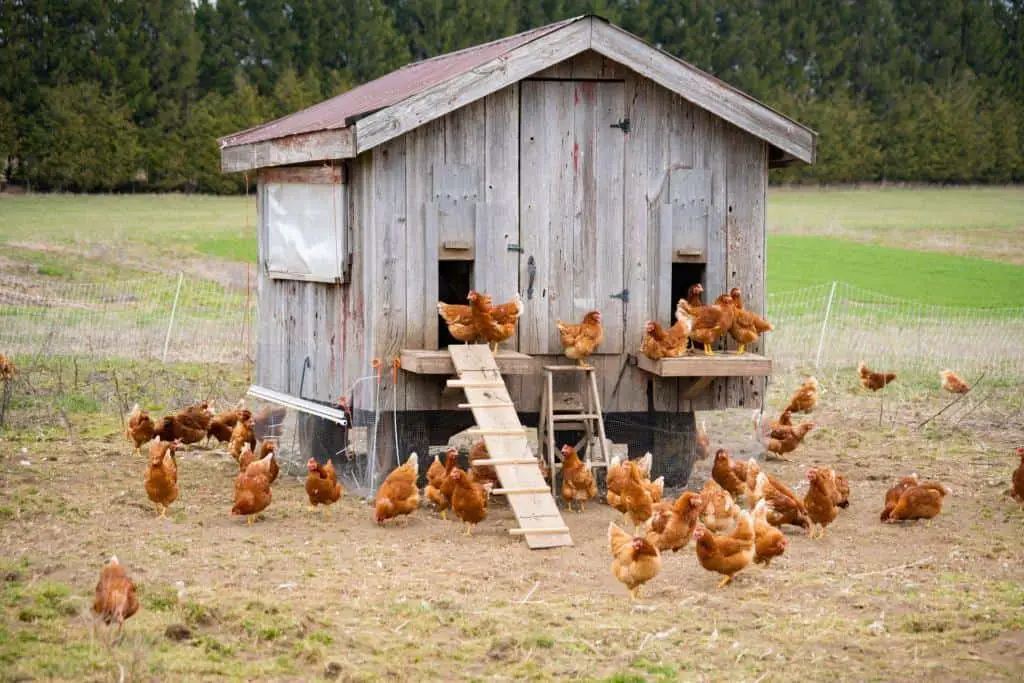
At first glance, insulation might seem like overkill for a chicken coop. I mean, chickens have feathers, right? How cold could they possibly get? Well, let me tell you, chickens are tougher than they look, but they’re not invincible. Insulation isn’t just about keeping your flock warm—it’s about creating a stable environment where they can thrive, no matter the weather.
Think of your coop as a chicken’s castle. You wouldn’t want to live in a drafty, damp castle, would you? Neither do your hens. Insulation helps regulate temperature, reduce moisture, and keep predators at bay. It’s like giving your chickens a cozy little fortress.
The Goldilocks Zone: Not Too Hot, Not Too Cold
So, do chicken coops need to be insulated? The short answer is: it depends. If you live in a mild climate, you might get away with minimal insulation. However, if you experience freezing winters or scorching summers, insulation can significantly improve your living conditions.
Here’s a quick table to help you decide:
| Climate Type | Insulation Needed? | Why? |
| Mild | Maybe | Chickens can handle moderate temps, but insulation helps with drafts. |
| Cold | Yes | Prevents frostbite and keeps hens warm during freezing winters. |
| Hot | Yes | Keeps the coop cool and reduces heat stress in summer. |
| Variable | Yes | Helps regulate temperature during extreme weather swings. |
As you can see, insulation isn’t just a winter thing—it’s a year-round investment in your flock’s comfort.
| Read: Should You Keep Your Chickens in the Coop All Day? |
The Cold Hard Facts: What Happens Without Insulation?
During my first winter as a chicken keeper, I experienced this lesson firsthand. My coop wasn’t insulated, and I woke up one morning to find frost on the inside of the windows. My poor hens were huddled together, looking like they’d rather be anywhere else. Here’s what can go wrong without proper insulation:
- Frostbite: Chickens’ combs and wattles are especially vulnerable to freezing temperatures.
- Moisture Buildup: Without insulation, condensation can form inside the coop, leading to mold and respiratory issues.
- Temperature Swings: Chickens can handle cold weather, but sudden drops in temperature can stress them out and reduce egg production.
Insulation acts like a buffer, keeping the coop’s temperature stable and your hens happy.
The Heat Factor: Insulation Isn’t Just for Winter
Here’s something I didn’t realize at first: insulation works both ways. It keeps the coop warm in the winter and cool in the summer. Chickens can overheat just as easily as they can get too cold, especially during heatwaves.
I live in an area with hot summers, and I’ve seen firsthand how insulation can make a difference. A well-insulated coop stays cooler during the day and warmer at night, creating a more comfortable environment for your flock.
The DIY Factor: How to Insulate Your Coop Like a Pro
Ready to insulate your coop? Here’s a step-by-step guide to get you started:
- Choose Your Materials: Use safe, non-toxic insulation like foam board, fiberglass, or reflective insulation. Avoid materials that chickens might peck at or ingest.
- Seal the Gaps: Insulation won’t do much good if there are drafts. Use weatherstripping or caulk to seal any cracks or gaps in the coop.
- Install the Insulation: Attach the insulation to the walls, ceiling, and floor of the coop. Make sure it’s secure and out of reach of curious beaks.
- Add Ventilation: Insulation is great, but you still need airflow. Install vents near the roof to allow moisture to escape.
- Cover the Insulation: Use plywood or another sturdy material to cover the insulation and protect it from pecking.
The Chicken’s Perspective: What Your Flock Really Wants
At the end of the day, your chickens just want a safe, comfortable place to live. Here’s what’s on their wishlist:
- Stable Temperatures: No one likes to sweat or shiver.
- Dry Bedding: Moisture is the enemy of a happy coop.
- Fresh Air: Good ventilation keeps them breathing easy.
- Safety: A well-insulated coop is harder for predators to break into.
Enhancing Chicken Comfort and Welfare
Keeping chickens comfortable isn’t just about providing chickens with food and water—it’s about creating a coop environment that supports their overall well-being. Insulation plays a key role in regulating temperatures, helping chickens stay warm in the winter and cool in the summer. However, insulation alone isn’t enough; it must be paired with proper ventilation to prevent moisture buildup, which can lead to respiratory issues.
A well-insulated and well-ventilated coop promotes healthier chickens by reducing stress and encouraging natural behaviors. When chickens are comfortable, they lay more consistently, sleep better, and are less likely to engage in harmful behaviors like pecking or feather pulling. Temperature fluctuations can disrupt their routine, making insulation an important factor in maintaining a stable environment.
| Factor | Impact on Chickens |
| Insulation | Regulates temperature, prevents cold stress |
| Ventilation | Reduces moisture, prevents respiratory issues |
| Space | Encourages movement, prevents overcrowding |
Balancing insulation with ventilation and space ensures your flock stays happy, healthy, and productive. By creating a coop that meets their needs, you’re setting them up for a stress-free and thriving life.
| Check out: What Should Be Inside a Chicken Coop? |
My Coop Journey: Lessons Learned the Hard Way
I’ll admit, I didn’t get it right the first time. My first coop was drafty and damp, and my hens paid the price. But once I added insulation, everything changed. My chickens were happier, healthier, and more productive. And honestly, so was I.
Final Thoughts: To Insulate or Not to Insulate?
Raising chickens is a journey, and every flock is different. But one thing’s for sure: insulation can make a world of difference. Whether you’re dealing with freezing winters or scorching summers, taking the time to insulate your coop will pay off in the long run.
So, what are you waiting for? Grab your tools, insulate that coop, and give your chickens the home they deserve. Trust me, they’ll cluck their thanks.
Quick Recap: The Ins and Outs of Coop Insulation
| Feature | Why It Matters | Tips |
| Temperature Control | Keeps the coop warm in winter, cool in summer | Use safe, non-toxic materials |
| Moisture Reduction | Prevents mold and respiratory issues | Add vents for airflow |
| Predator Protection | Makes the coop harder to break into | Seal gaps and cover insulation |
| Comfort | Creates a stable environment for hens | Use reflective insulation for hot climates |
Now go out there and insulate that coop!

